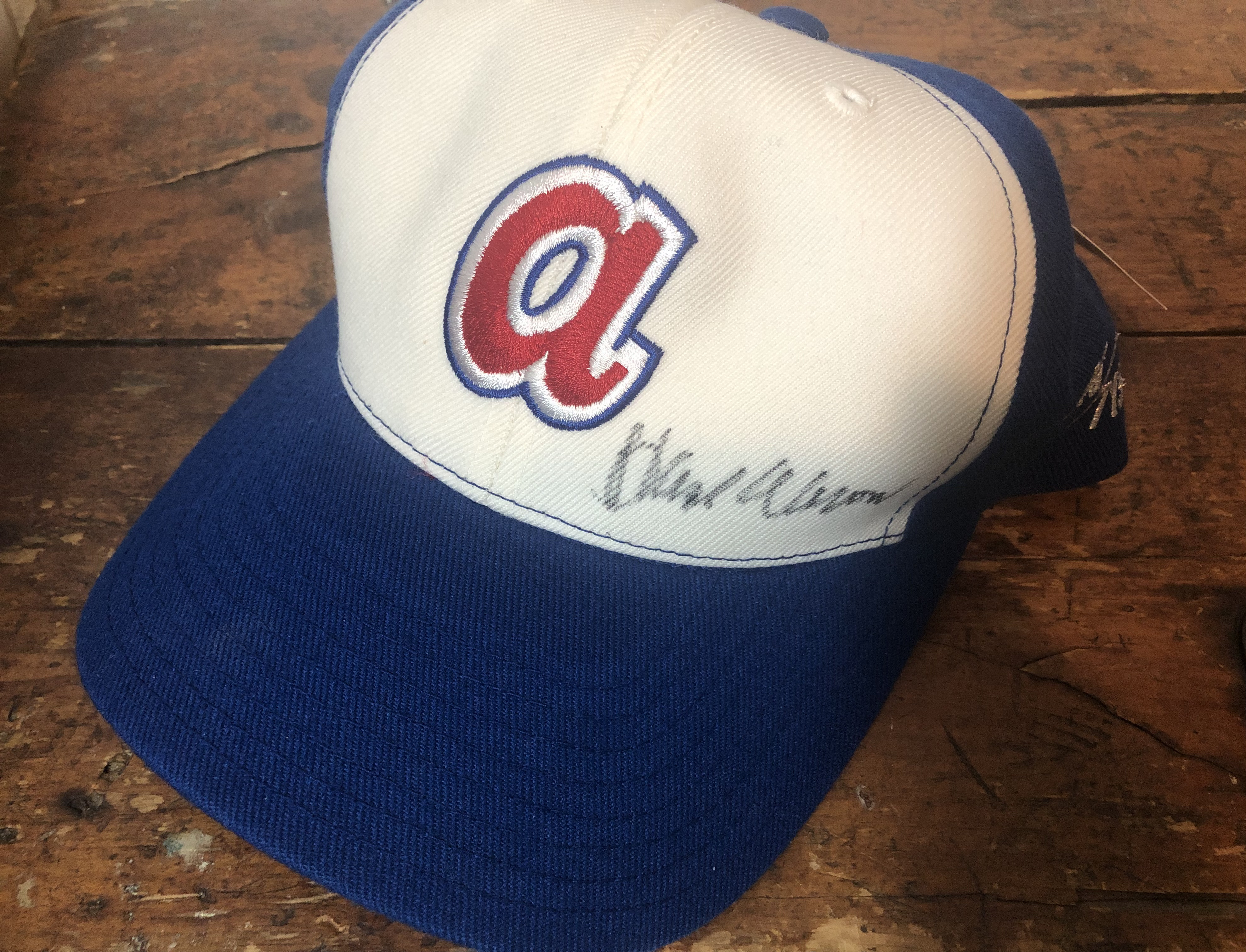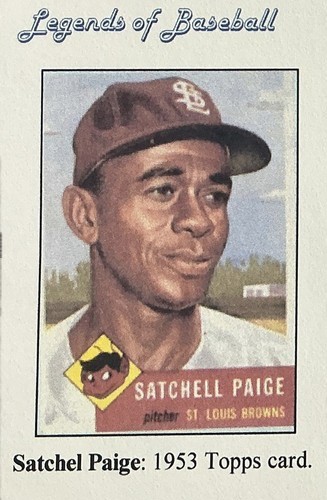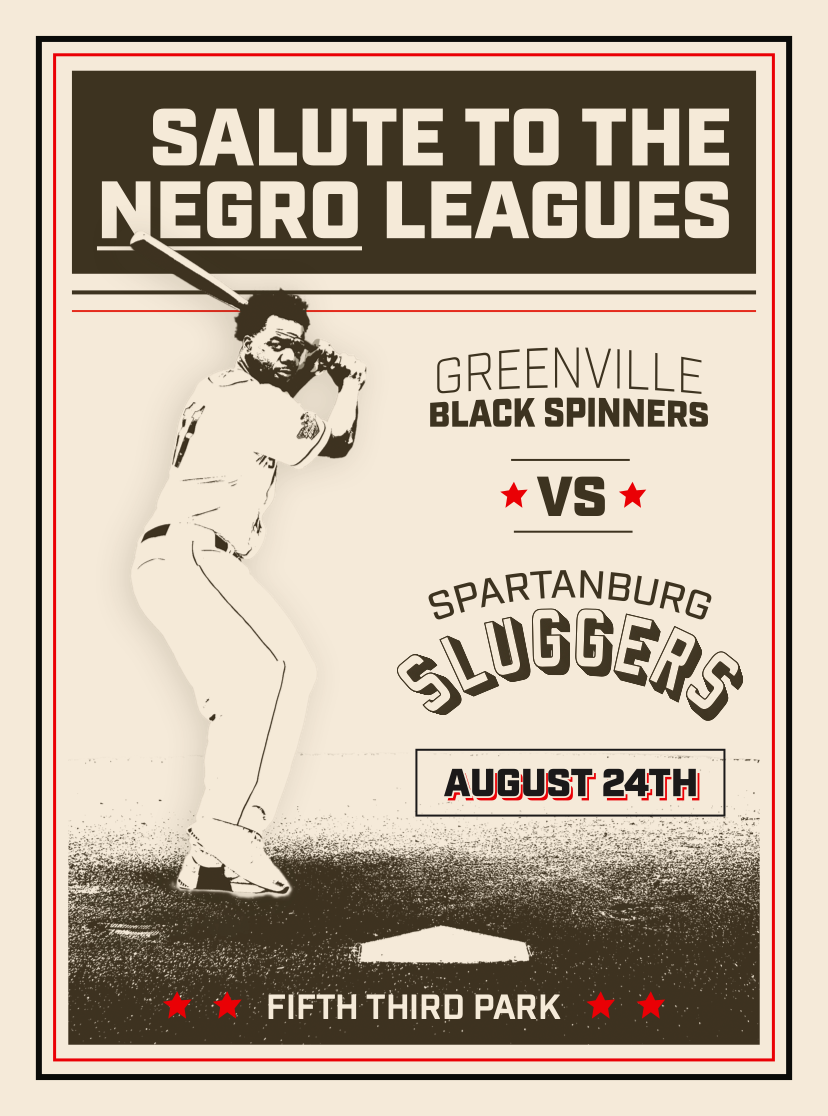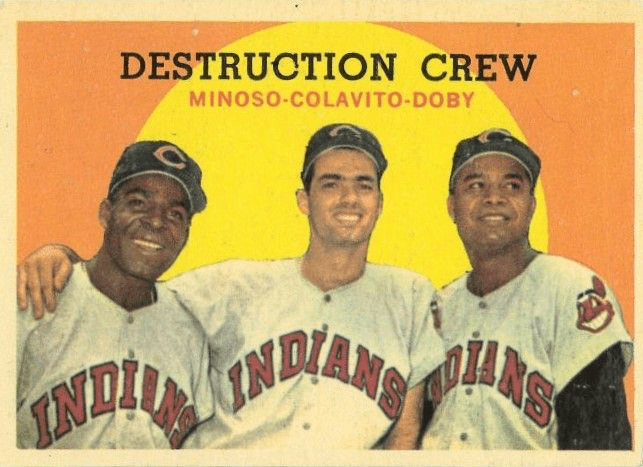
Rocky Colavito's Summer with the 1952 Spartanburg Peaches
Dr. Edwin C. Epps
A longtime listener to Public Radio, I tuned in to “Weekend Edition” three days after Christmas this year on WEPR, South Carolina’s Upstate NPR affiliate. This last weekly installment of one of my perennially favorite shows, the year-end broadcast featured highlights from the past year from the worlds of politics, literature, entertainment, and sports. In addition to the Paris Olympics and the final arrival of Caitlin Clark and the WNBA as a force to be reckoned with in the national consciousness, the sports segment also noted the greater than usual number of passings from Major League Baseball.

Rocky Colavito's Summer with the 1952 Spartanburg Peaches
A longtime listener to Public Radio, I tuned in to “Weekend Edition” three days after Christmas this year on WEPR, South Carolina’s Upstate NPR affiliate. This last weekly installment of one of my perennially favorite shows, the year-end broadcast featured highlights from the past year from the worlds of politics, literature, entertainment, and sports. In addition to the Paris Olympics and the final arrival of Caitlin Clark and the WNBA as a force to be reckoned with in the national consciousness, the sports segment also noted the greater than usual number of passings from Major League Baseball.
A longtime listener to Public Radio, I tuned in to “Weekend Edition” three days after Christmas this year on WEPR, South Carolina’s Upstate NPR affiliate. This last weekly installment of one of my perennially favorite shows, the year-end broadcast featured highlights from the past year from the worlds of politics, literature, entertainment, and sports. In addition to the Paris Olympics and the final arrival of Caitlin Clark and the WNBA as a force to be reckoned with in the national consciousness, the sports segment also noted the greater than usual number of passings from Major League Baseball.
The departures among the greats of the national pastime included most prominently Willie Mays and Orlando Cepeda and Pete Rose, and local aficionados of the Diamond likely also recorded the death of Pat Williams, the general manager of the Spartanburg Phillies in the mid-1960s. Another baseball great who left us this year was Rocky Colavito, a fan favorite wherever he played, who roamed the Duncan Park outfield for the 1952 Spartanburg Peaches, and who died two weeks before Christmas.
Rocky never made the MLB Hall of Fame, but he spent 14 years in the Majors and played in 9 All-Star games. He also led the American League in home runs in 1959 with 42 and in RBIs in 1965 with 108. He placed twice in the top 10 in Batting Average, five times in the top ten in On-Base Percentage, four times in Runs Scored, five in Doubles, and four in Wins Against Replacement. He led the American League in Games Played in 1961 (163) and 1965 (162), and he led the League in Plate Appearances in 1963 with 692. He was no slouch.
Colavito played for the Cleveland Indians (now the Guardians) in 8 of his 14 years in The Show and was so much a fan favorite that when he was traded to the Detroit Tigers for Harvey Kuenn in the spring of 1960, and the Indians then failed to get closer than 11 games to first place during the next 33 years, the poor performance was blamed upon “the curse of Rocky Colavito,” a malediction that Rocky always denied to Terry Pluto, the sportswriter and Rocky’s friend who wrote the book The Curse of Rocky Colavito (Simon & Schuster, 1994).
Cleveland fans mostly disagreed about the supposed curse too, and they loved Colavito long after he was traded away. The affection was reciprocated. Rocky told Terry Pluto, “I’ll always love Cleveland and the fans. I want them to know how special they are to me.” Cleveland, he said “has always felt like home. It’s where I grew up as a ballplayer, and where I never wanted to leave.”
Rocky was popular in Spartanburg during the year he played at Duncan Park. One reason was his bat. Although he was only 18 years old when he became a Peach in 1952—he had dropped out of high school after his sophomore year and began to play semipro ball at 17—and played only 66 games for the Hub CIty team, he led the team in home runs.
Rocky had gotten “a fast start” in spring training in Daytona, Florida, according to Howard Kahn in The Spartanburg Herald. In fact he “had the entire camp talking about a 400-foot drive he belted in an intercamp game” in late March. “The ball carried high and hard across a main road which borders the playing field,” Kahn reported. “What caused most of the tongues to wag harder was the fact that Rocky belted the drive through a cross wind.”
Such feats impressed even Peaches president Leo Hughes, who remarked about Rocky and teammate Maley Truss, “They can really pound that ball. They’re young, but they look good.”
Word spread fast about the young outfielder after he smacked a run-scoring single as his first hit as a Peach against the Charlotte Hornets early in July. By July 11th The Spartanburg Journal and The Carolina Spartan was reporting that “Rocky Colavito…may turn out to be the team’s heavy hitter before the season ends.” It was thus only natural that the paper should bestow upon the young player the sobriquet “[t]he ‘Splendid Splinter’ of the Tri-State.”
Rocky continued to hit the ball hard. On July 21st his two-run homer in the sixth proved to be the game winner in another game against the Hornets, and in August he pulled off the remarkable feat of hitting four round trippers in four consecutive games. By December, when he had been promoted to the Indians’ team in Reading, Pennsylvania, Rocky—still referred to by his given name “Rocco”—was being called “the outfielder with the Joe Dimaggio profile, and swing.”
But hitting wasn’t Rocky Colavito’s only talent as a ballplayer. He could also field: in his first game at Duncan Park, although he failed to get a hit, the local paper recorded that “he did turn in a dandy catch of Bruce Barmes’ short fly near the right field foul line in the fifth.” And he had “a terrific arm. He can field a ball and still cut off the runner at third or home with his powerful throw.”
The strength in the Colavito arm was widely known. He could throw a baseball over the centerfield wall from home plate, and he won bets by throwing balls over grandstand roofs. It was also claimed that he could throw strikes from the outfield. Fans were known to come to Peaches’ home games just to see the fielder put on a show with his arm.
Rocky Colavito played less than half a season at Duncan Park, and it has now been 72 years since Rocky roamed the outfield in Duncan Park stadium. Every year there are fewer and fewer fans who remember seeing Rocky play here. During my research for Duncan Park: Stories of a Classic American Ballpark, I met a few. One was Don Camby, an officer in the original Friends of Duncan Park in the early 2000s, whose efforts helped to stave off the wrecking ball long enough for the City of Spartanburg and School District Seven to come to an agreement which . Another was Dr. Frank Pickens, team physician for the Georgia Tech baseball team. Dr. Pickens wrote to me that he saw Rocky hit a home run on July 4th. We should all be so lucky.
Another prominent resident of Spartanburg, Reverend Kirk Neely, often told how Rocky Colavito rented a room at the back of his grandmother's house, which was located on South Converse Street not far from Duncan Park stadium. Reverend Neely, who recently passed on to his well deserved heavenly home, was a master story teller, and one of his best involved his Granny's roomer, a shared birthday month, and Rocky Road ice cream. I wouldn't presume to attempt to tell the tale myself as a rival to the good pastor, but readers can find it easily enough as one of the essays in the Hub City Press's 2008 collection of essays, Stars Fell on Spartanburg: Hub City's Celebrity Encounters, edited by Jeremy Jones and Betsy Teter.
Another baseball story in the Hub City volume is my account of a game Ty Cobb played against Wofford College and its unfortunate outcome for a future Chairman of the University of South Carolina Board of Trustees. The book can be purchased at the Hub City Bookstore on Morgan Square in downtown Spartanburg.
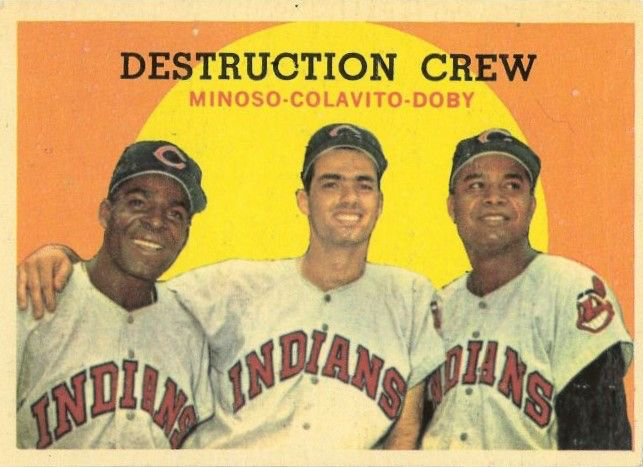

Dr. Edwin C. Epps
Author
Dr. Edwin C. Epps is a retired educator with more than forty years' experience in public school classrooms... He is the author of Literary South Carolina (Hub City Press, 2004) and a proud member of Phi Beta Kappa who believes in the value of the humanities in a rapidly changing world.

